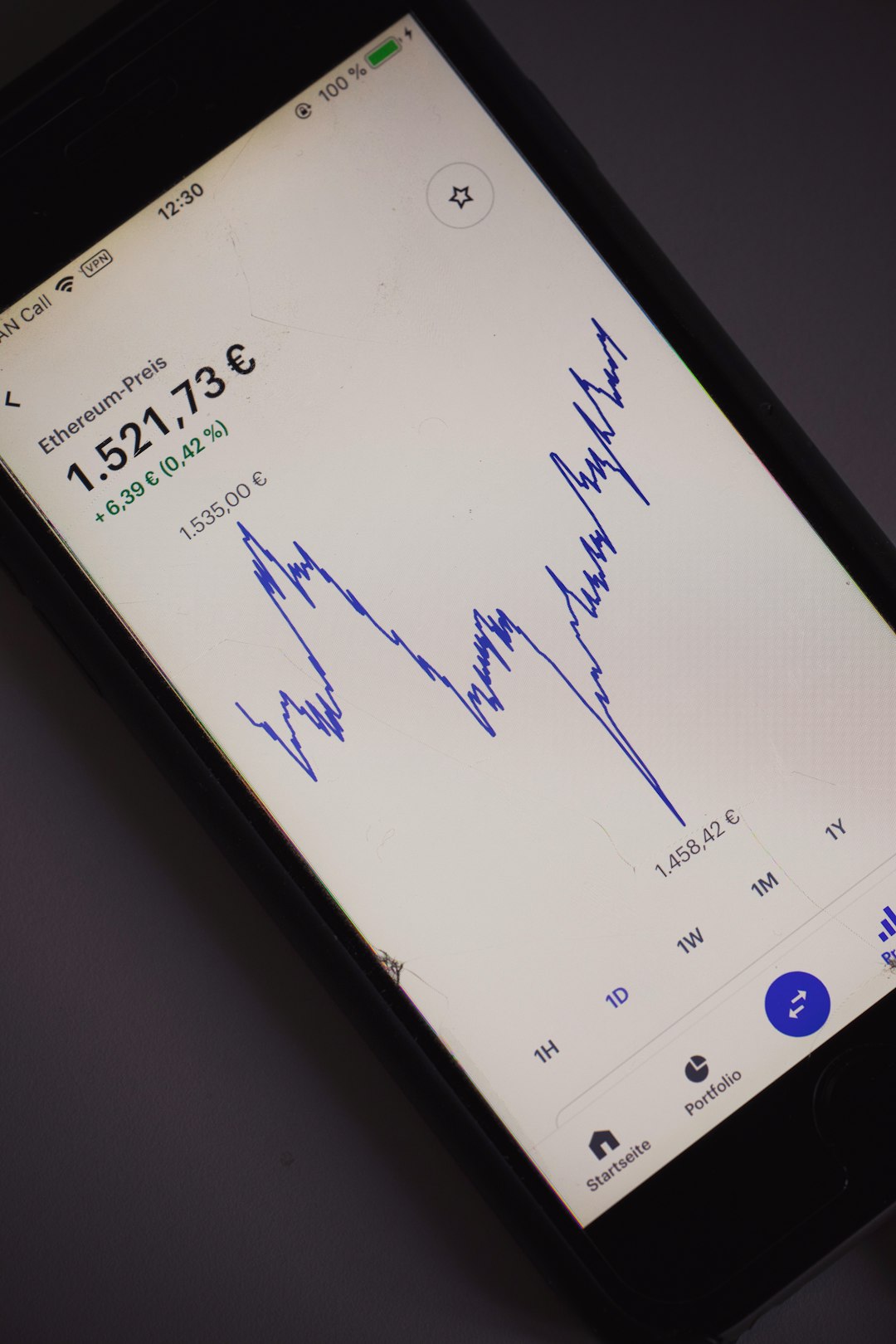
The S&P 500 closed lower as escalating tensions in the Middle East spooked investors, creating uncertainty and weighing on the broader market. Geopolitical developments continue to dominate sentiment, with rising oil prices and concerns over potential economic impacts adding to the market’s cautious mood.
1. Impact of Middle East Tensions on the Market
The intensifying conflict between Israel and Hamas has sparked worries about broader geopolitical instability, which could disrupt global supply chains and impact energy prices. Investors are closely monitoring the situation as it could potentially lead to increased volatility in the energy sector and weigh on global economic growth.
Key Factors Driving Investor Caution:
Geopolitical Risk: The heightened risk of the conflict spreading further in the region is creating a flight to safety, with investors turning to traditional safe havens like gold and bonds.
Oil Prices: Rising oil prices, exacerbated by concerns about supply disruptions in the Middle East, are adding pressure on equities, particularly sectors sensitive to input costs, such as airlines and manufacturing.
2. Performance of Key Sectors
Amid this uncertainty, different sectors are reacting in varied ways. Defensive sectors such as utilities and consumer staples saw gains, while cyclical sectors like financials and industrials suffered losses. Energy stocks, however, benefited from the surge in oil prices.
Sector Breakdown:
Energy: Energy stocks rallied as crude prices rose on concerns about supply disruptions in the Middle East. Brent crude climbed sharply, further boosting companies involved in oil production and distribution.
Defensive Stocks: Utilities and consumer staples outperformed as investors sought out low-risk, stable sectors that could weather geopolitical instability.
Cyclicals and Industrials: Sectors more tied to economic growth, such as industrials and financials, faced headwinds as fears of an economic slowdown due to rising geopolitical risk intensified.
3. Safe Haven Assets in Focus
As investors moved away from equities, safe haven assets saw inflows. Gold, in particular, rallied amid the uncertainty, as it is traditionally viewed as a store of value during times of geopolitical and market turbulence. U.S. Treasury yields also fell as bond prices rose, with investors seeking safety in government debt.
Key Safe Haven Movements:
Gold: Prices surged as geopolitical risk pushed investors to seek safe assets. The demand for gold continues to grow as uncertainties persist.
Bonds: U.S. Treasury yields fell, reflecting the growing demand for government bonds amid the risk-off sentiment in equity markets.
4. Outlook for the S&P 500
The short-term outlook for the S&P 500 remains clouded by geopolitical risks. Market participants will continue to focus on developments in the Middle East, particularly how they might affect oil prices, inflation, and Federal Reserve policy. While corporate earnings reports and U.S. economic data are important, they are currently overshadowed by the geopolitical situation.
Conclusion
Rising tensions in the Middle East weighed heavily on the S&P 500, with investors moving toward safe haven assets like gold and bonds. Energy stocks gained from higher oil prices, but the overall market remains in a risk-averse mode. Going forward, the market’s trajectory will likely depend on geopolitical developments, energy prices, and inflation trends.
For investors seeking to monitor key market trends during periods of geopolitical uncertainty, Financial Modeling Prep’s Commodities API offers real-time data on energy prices, helping assess how oil fluctuations may impact different sectors. Additionally, using the Sector Historical API can provide insights into how various sectors perform during times of geopolitical tension.

